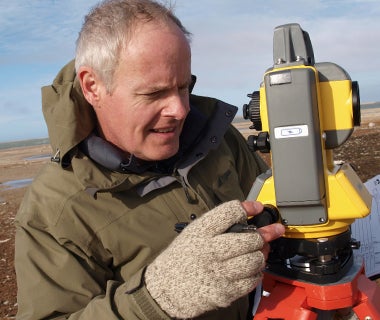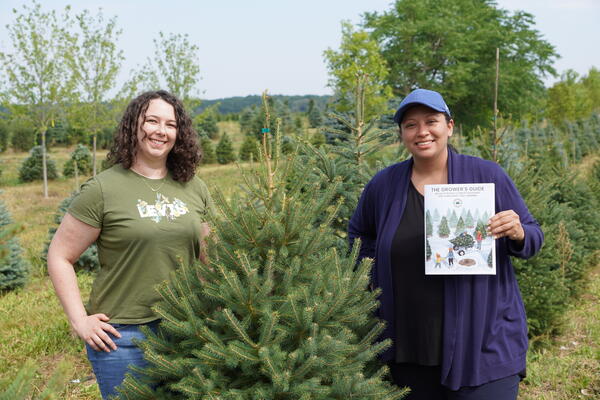
Is climate change washing away history?
Waterloo researcher sounds the alarm for ancient artifacts frozen for thousands of years … now being lost as permafrost melts.

Waterloo researcher sounds the alarm for ancient artifacts frozen for thousands of years … now being lost as permafrost melts.
By Bob Burtt Communications and Public AffairsSannirut, a tiny peninsula, located on Bylot Island, Nunavut, is home to some of the best-preserved prehistoric artifacts in Canada’s Far North, but the treasure trove of archeological gems are being threatened by global climate change.

Robert Park, professor of anthropology in Waterloo’s Faculty of Arts has spent much of his life unraveling secrets of how communities and cultures existed in one of the most difficult climates on earth.
“When an archeological site remains continuously frozen, you get preservation that you don’t get other places,” says Park, an archeological anthropologist.
Freeze and thaw
“Climate change is resulting in some of those things being lost in a series of freeze and thaw cycles,” Park explains, adding that as the land freezes and thaws again, it is slumping into the water and the rich stories of life in the north are being washed away with the land.
Sannirut has been continuously occupied since 2,300 BC and the frozen tundra and permafrost have done a good job of preserving artifacts that help researchers understand life of bygone cultures and communities.
But climate change is threatening all of that. Prime sites are being lost faster than archeologists can dig them up.
“You can actually see the change in the last two or three decades,” he says.
Mission to save artifacts
Park hopes that in summer of 2014 he will be part of a mission to Sannirut with the goal of slowing down climate change.
Following consultation with UW engineers and permafrost experts, one idea Park is considering is the use of heat pipes. A pipe filled with fluid is inserted into the ground and the fluid takes heat from the lower end of the pipe bringing it to the top, decreasing the temperature of the surrounding ground.
Another idea being considered is erecting snow fence around the site to prevent the snow from insulating the ground.
“A lot is already being lost, but I think we can do something. Cost is a problem, because everything needs to be flown to the site by helicopter. What we bring can’t be too bulky or heavy and we need to work with local Inuit groups to ensure their approval and participation in whatever we end up trying.”

Read more
Here are the people and events behind some of this year’s most compelling Waterloo stories

Read more
Waterloo researchers are helping to make a much-loved holiday tradition more sustainable all year round

Read more
Researchers awarded funding to investigate ecology, climate change, repatriation, health and well-being through cultural and historical lens
The University of Waterloo acknowledges that much of our work takes place on the traditional territory of the Neutral, Anishinaabeg, and Haudenosaunee peoples. Our main campus is situated on the Haldimand Tract, the land granted to the Six Nations that includes six miles on each side of the Grand River. Our active work toward reconciliation takes place across our campuses through research, learning, teaching, and community building, and is co-ordinated within the Office of Indigenous Relations.